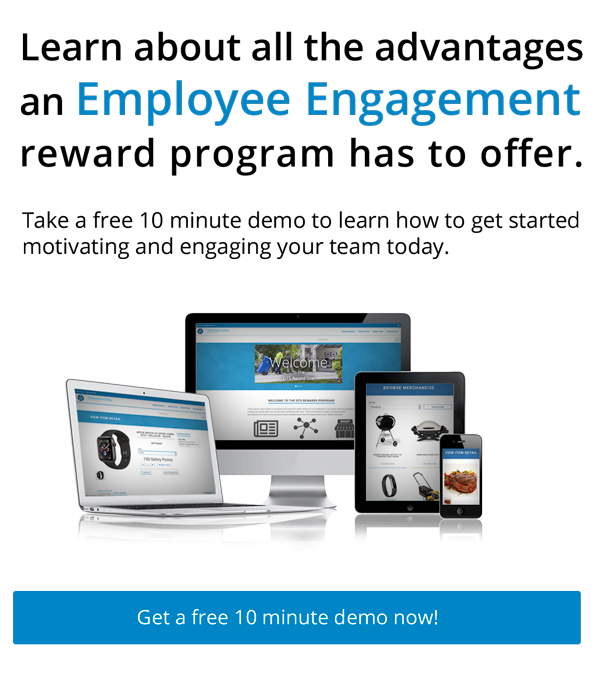
Although employee incentive, reward and recognition programs are popular, many program coordinators skip the steps that would prove their effectiveness. Critics of these programs claim that they’re not measurable, they are nice to have but can’t document any financial benefit to the company. In fact, it is possible – and advisable – to measure employee programs. The latest Incentive Research Foundation study reports how many companies are measuring success.
In 2018, 57% of $1 billion+ companies did not think it was important to measure the effectiveness of their programs. In 2019, that figure dropped to 39%, suggesting that company leaders are requiring a documented return on investment for employee programs. Despite these figures, fewer than half (44%) of large companies had a formal system for measuring the success of employee incentive, reward and recognition programs.
Companies that employ incentive, reward and recognition programs enjoy higher employee engagement. Because companies with higher engagement scores perform better, employee engagement is becoming a major focus of many enterprises. Higher productivity, lower absenteeism, lower health care costs, decreased turnover, higher market share and greater customer retention are just a few of the benefits of a highly engaged workforce.
When company leaders are tempted to discontinue employee programs or reduce budgets, program managers that have appropriately measured the success of these programs are able to show that, rather than a cost, these programs actually save the company money and improve profitability.
Steps to Take to Measure Employee Programs Effectively
- Identify ways to demonstrate ROI. In addition to the statistics, case studies and stories are effective when reporting results to management.
- Make sure that employee program objectives are tied to company goals. Engage senior leadership in the process.
- Focus on the metrics that demonstrate that employee programs are profit centers rather than cost centers.
- Schedule formal program reviews with company executives.
- HIRE A PROFESSIONAL. Bring in Incentive Professionals to help with program development as well as quantifying the value of these programs.
- Soft metrics also play a role. Participant feedback and comments (especially from top performers) can be important as companies fight to retain key talent.
Employee programs are effective in both up and down markets. Especially during COVID-19, when many employees are working from home for the first time, they may feel disconnected, uncertain about their future and where they fit into the company’s plans. Employee incentive, reward and recognition programs provide direction, structure and feedback that leads to higher engagement. Accurately measuring the success of employee programs reinforces the critical role they play in the company’s performance.
Contact one of our Incentive Professionals today to ensure that your employee programs are designed and evaluated for maximum benefit.



